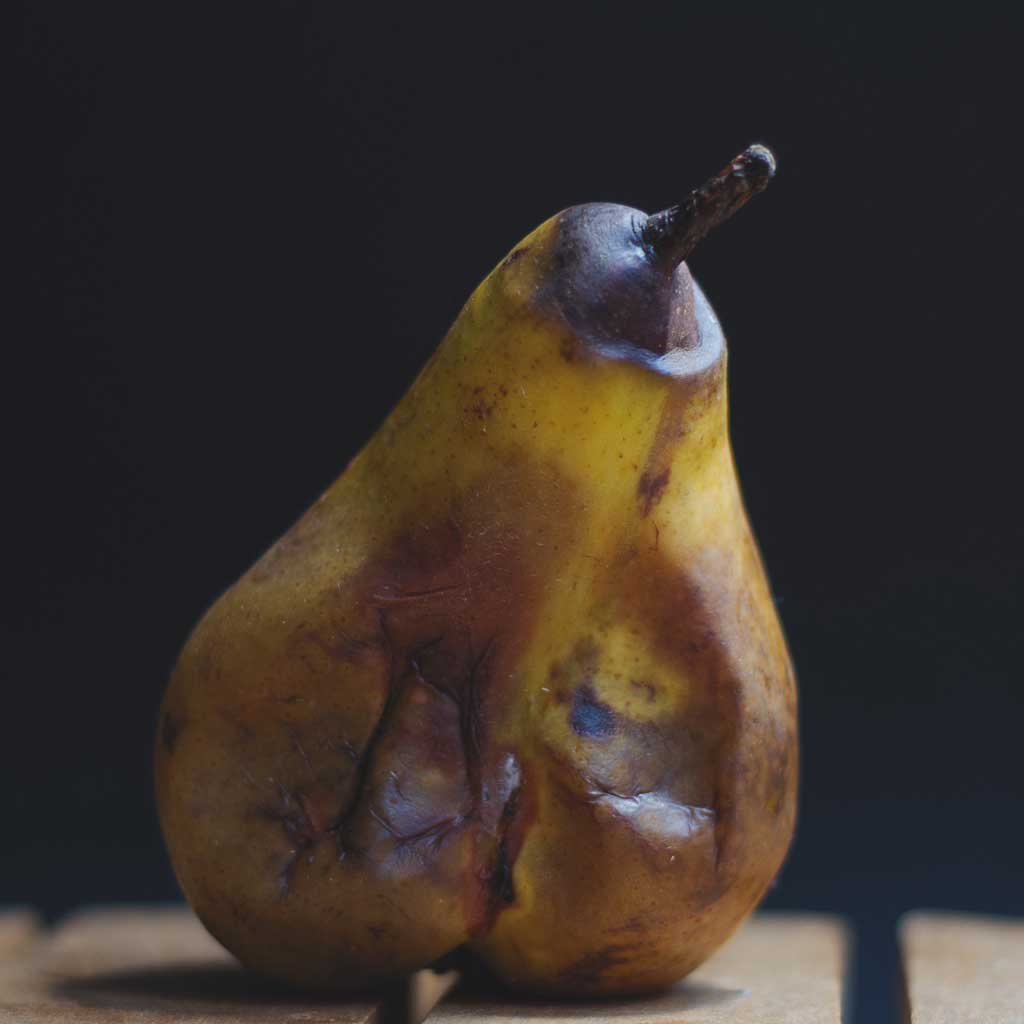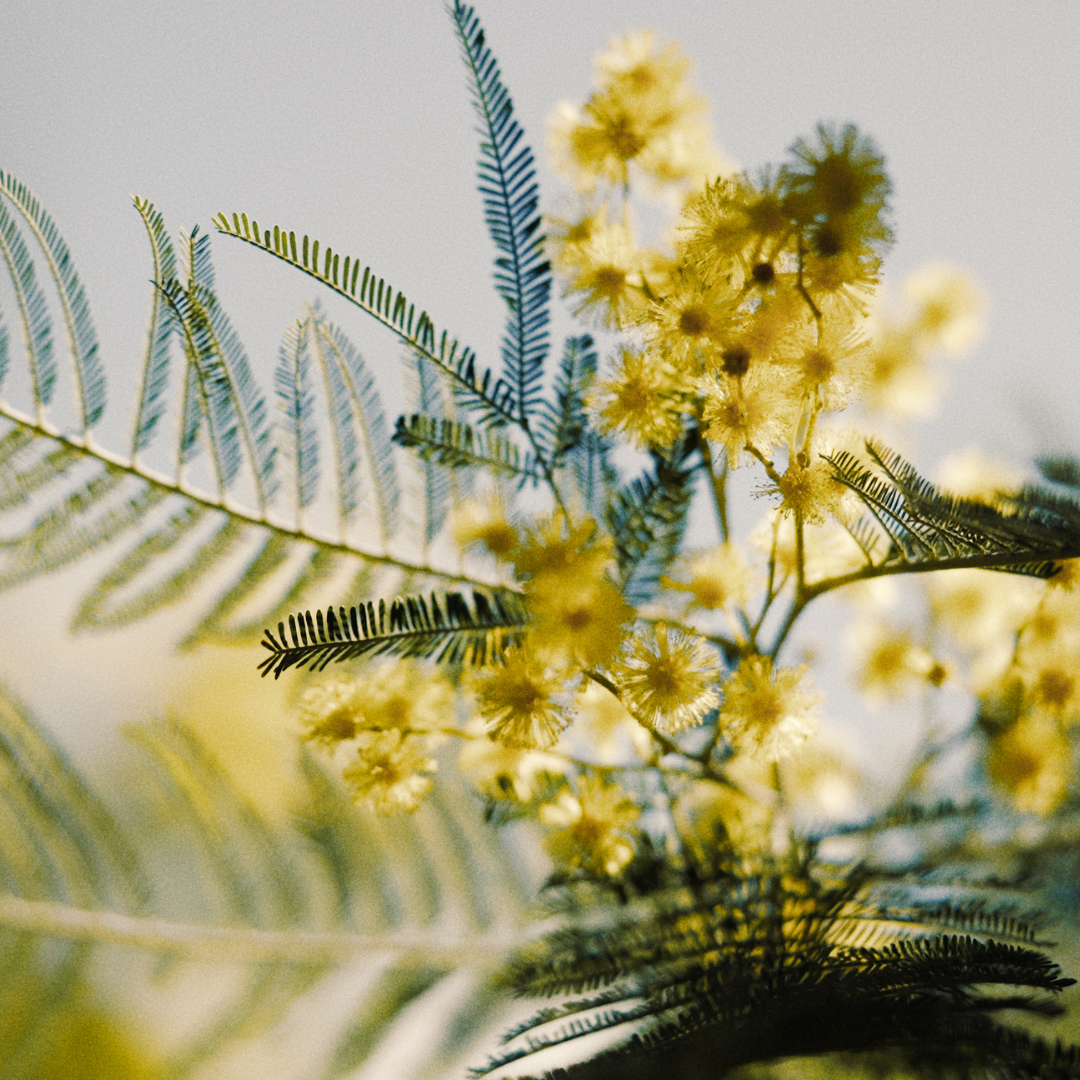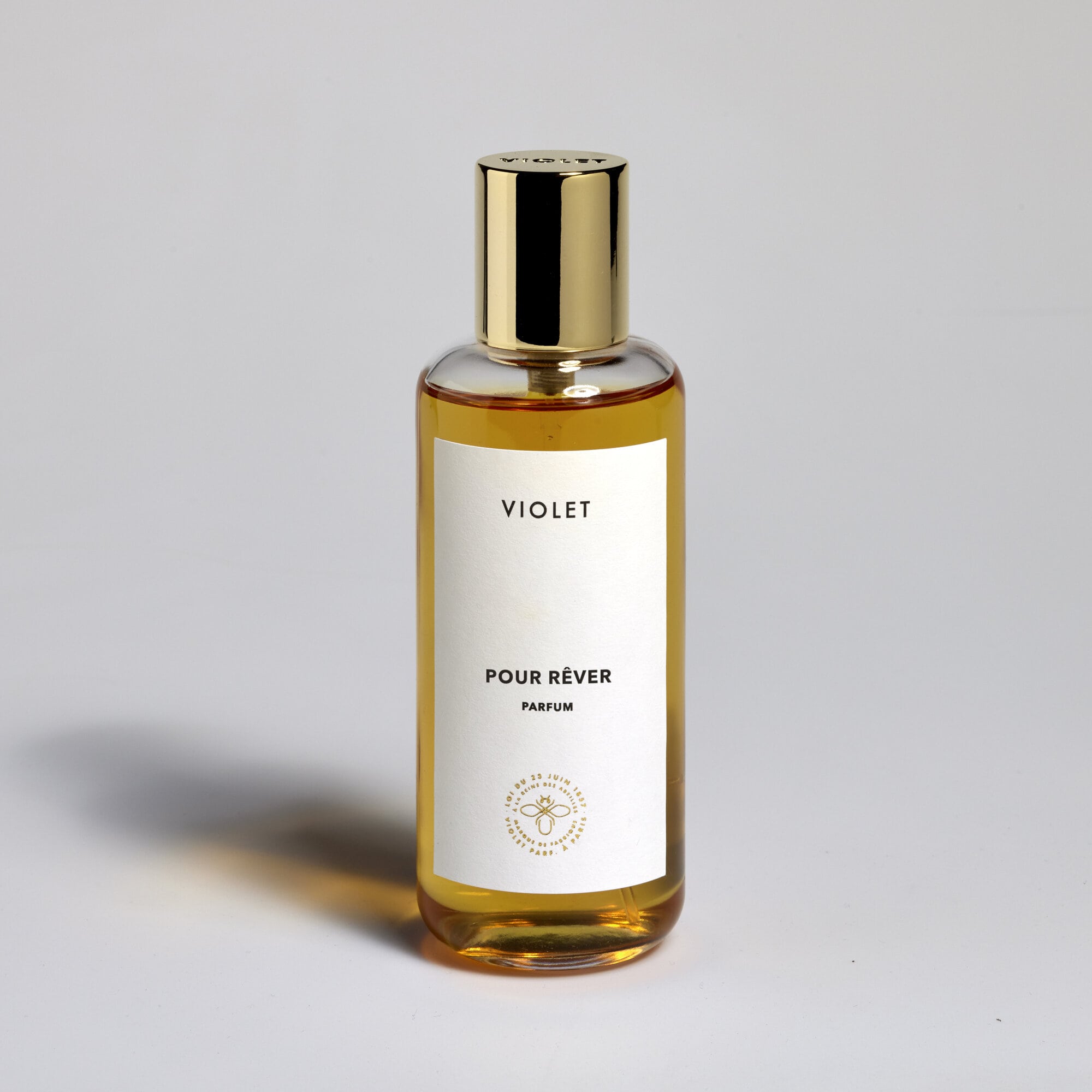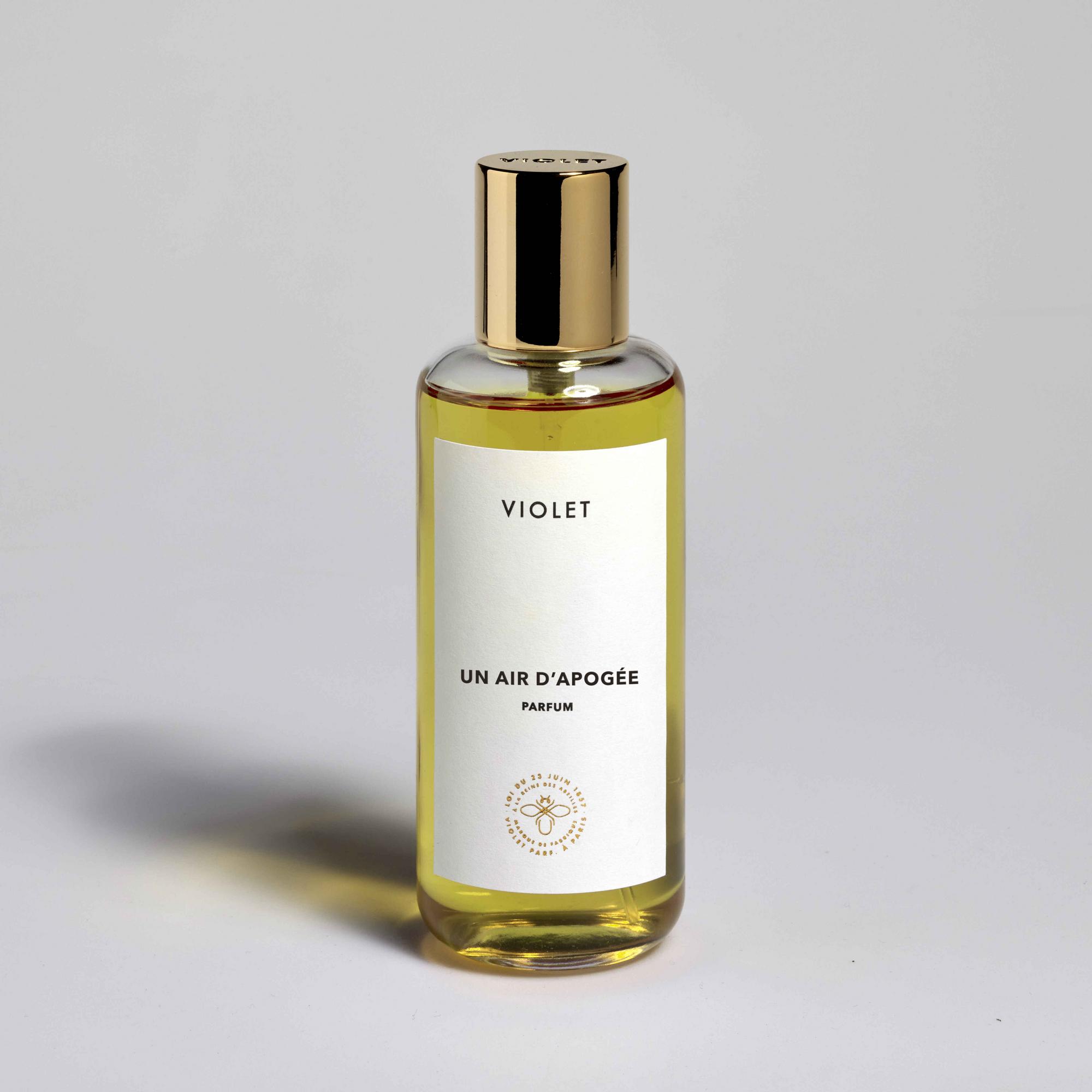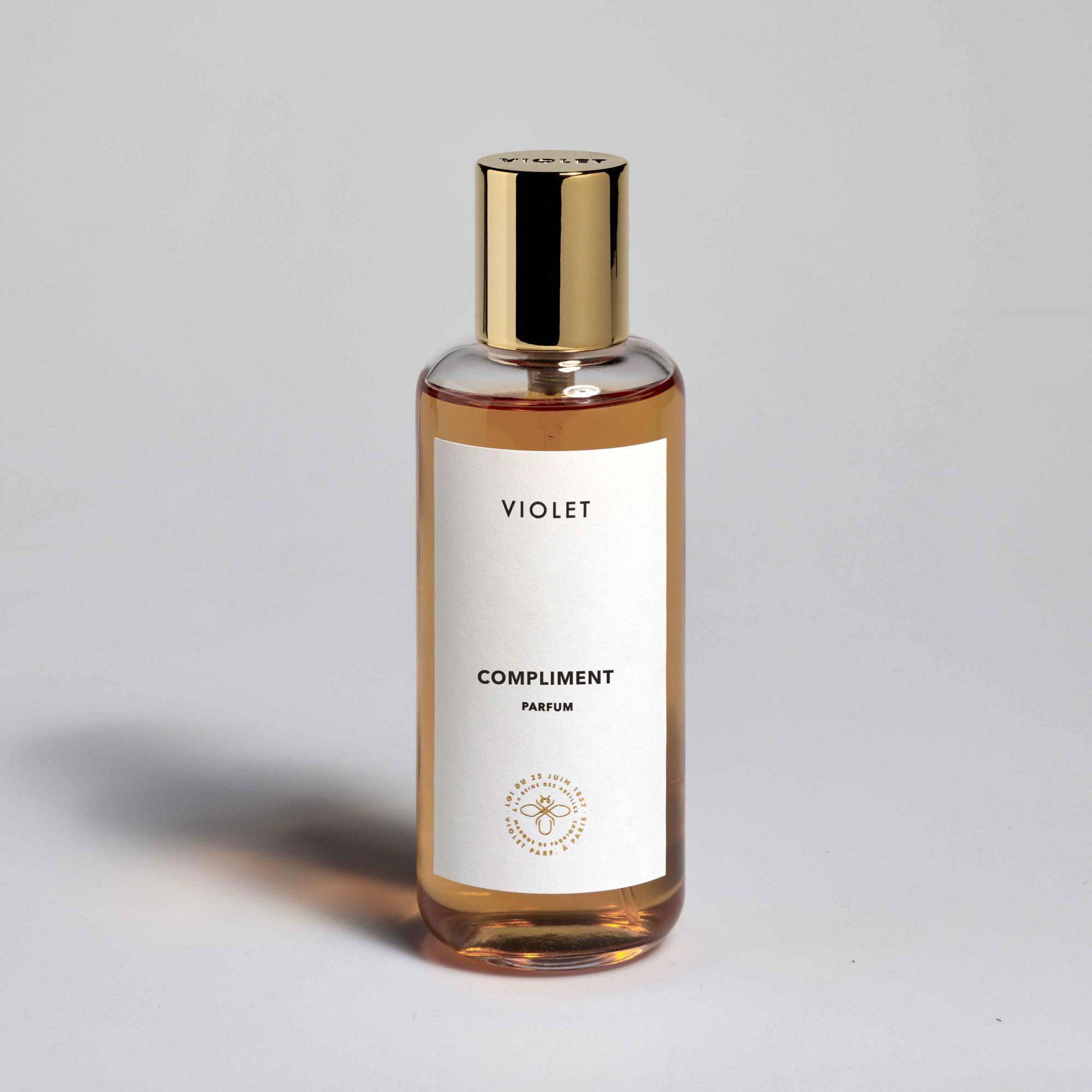The Palo Santo
·
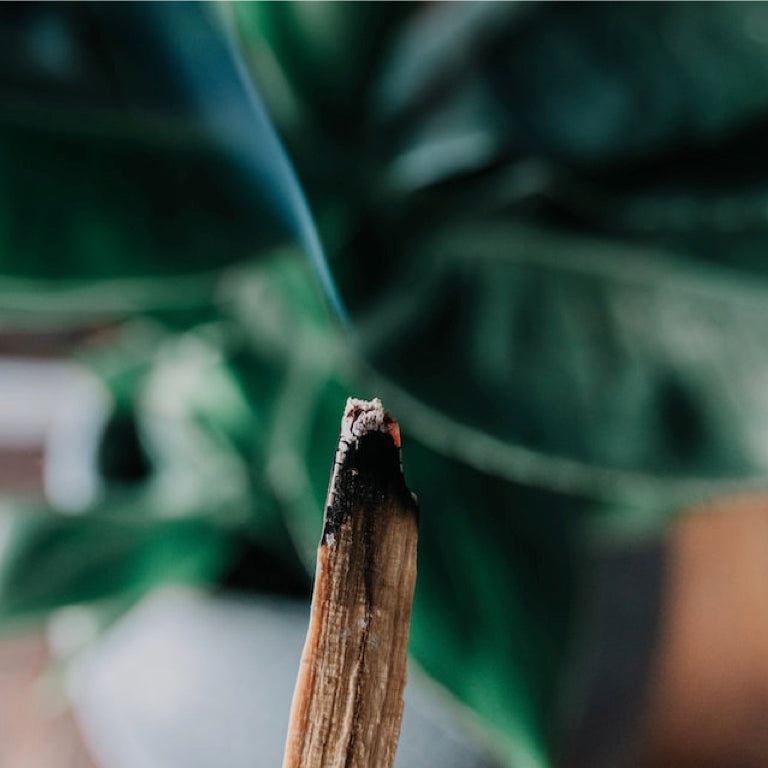
·
The Palo Santo,
a damn fragrant wood.
You may have already come across his name during a conversation on yoga, on esoteric ways to purify a house or on the prevention of joint pain. For VIOLET, the Palo Santo is above all a fabulously rich smell worthy of a complete article.

At first glance, research on the Palo Santo seems easy and fruitful: literally meaning “Sacred Wood” or “Sacred Stick” in Spanish, it is found in South America. Where the shoe pinches is when trying to find its botanical origin. Indeed, two varieties of trees claim paternity: Bulnesia sarmientoi and Bursera Graveolens.
How is it possible ? Can this little scent stick have two distinct parents?
How is it possible ? Can this little scent stick have two distinct parents?
Moreover, these two varieties are different from each other. These trees do not grow in the same regions and do not share the same look or smell. And yet, they have both been given the nickname “Palo Santo”. A coincidence that feeds a certain confusion.
Bulnesia Sarmientoi, one of the two Palo Santos, grows in Argentina, Bolivia and Paraguay. It can be identified by its dark, tortuous and very dense wood. Its use in perfumery is confined to the extraction of guaiacol, an aromatic substance present in large quantities in guaiac wood. Far from being uninteresting, he is simply not the star of this article.
The one that concerns us is the Palo Santo which comes from Bursera Graveolens. It grows in various South American countries such as Peru, Venezuela, Costa Rica, El Salvador, Guatemala, Honduras, Colombia and Ecuador. It is a clump tree, that is to say it has multiple trunks that start from the stump. Its bark is white, speckled with brown spots. He's the star. The father of the Palo Santo which we love so much.

The process to recover your essential oil differs somewhat from the usual schemes. Being a protected species in almost all the countries where it grows, it is strictly forbidden to cut down a living tree. Only collection from the ground of the Palo Santo is authorized. Of course, there is, as everywhere, abuses and violations. This is why it is all the more important to pay attention to the labels when you get a scent stick.
Moreover, if one tries to extract Palo Santo essential oil from a living tree, in addition to obtaining a poor quality essential oil, it would be potentially dangerous. What makes its pleasant and so characteristic smell is the refinement, over time, of the fallen wood and drying for years, under the sun of the southern hemisphere.
But what does Palo Santo smell like?
Coming from the same family as myrrh and frankincense, we can already spot, deep in its smell, some similarities between them. Especially when you smell the Palo Santo by fumigation. To go further in the olfactory description, we would say that it has a cedar, hay, herbaceous, milky smell with coconut facets, round, spicy, resinous, slightly floral, lemony and suave.
In selective perfumery, its use remains marginal, but tends to become more democratic, especially now that the niche has caught on. We are only at the beginning of perfumes based on Palo Santo. Its woody, incense, fruity, hay, coconut side brings an unprecedented exotic touch to the creations and sometimes, let's face it, an almost mystical dimension to the perfume.

Palo Santo is a very fashionable blade at the moment. Its use in the world of yoga and well-being makes it a very popular material. Tensions over its supply are therefore increasingly recurrent and the specter of overexploitation is already hovering over it. Its use then becomes slightly problematic. One solution, in perfumery at least, would be to use an alternative to Palo Santo in order to let nature breathe.
This is what, at Violet, we have decided to do because this raw material is the key element of our next creation and it is out of the question to participate in the problem. We therefore decided to use a reconstitution of Palo Santo, based on natural raw materials such as sandalwood or cedar and synthetic molecules. It is larger than life!
Be that as it may, the sacred dimension of the Palo Santo and its scrolls allowing the peoples of South America to converse with the deities recall the primary use of perfumes. Its arrival in perfumery does not seem to be a novelty, but a nice return to basics.

